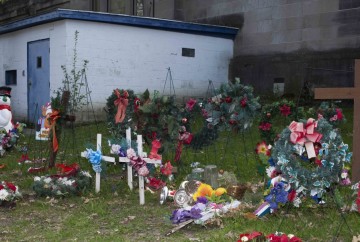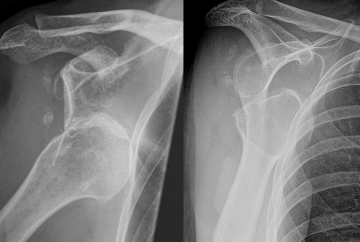A Body’s Journey
For cemeteries like Forest Hill to exist hundreds of human bodies must travel from where they lived, to where they died, and then to their final resting places. That process demands considerable labor, resources, and organization in order to be responsive to the needs of the deceased and their families.
The first three parts of this page follow one, hypothetical body as it travels from a Madison hospital to a funeral home and then to Forest Hill Cemetery. In following that “body’s journey” we explore the people who staff these institutions, the work they do, and the challenges they face. The bodies buried in Forest Hill may not have a direct connection to every brick or blade of grass, but in one way or another they motivate all of the decisions made at the cemetery.
And yet, even after death, the path of each individual follows its own twists and turns. For that reason, we include an “alternative journey” that follows one of the many paths that do not end at Forest Hill. This fourth page explains what happens at the University of Wisconsin Body Donor Program.
For more on the financial complexity and moral ambiguity that by its very nature attends the process of dying, please visit The Geography of Death.
Part 1: From Death to the Cemetery
Imagine all of the planning that goes into a wedding – the dress, the venue, the announcements, the invitations, the flowers, the catering, the ceremony itself, and someone to preside at that ceremony. Now imagine that instead of the typical nine-month engagement, all of those tasks must be accomplished in three days and for a … Continue reading Part 1: From Death to the Cemetery
Part 2: From Cemetery To Grave
The involvement of the cemetery staff begins in much the same way as the funeral director: with a phone call notifying them of a death. Those calls arrive at the desk of Karen Thompson in the cemetery’s main office, a converted streetcar station right by the entrance on Speedway road. Thompson carries the title of … Continue reading Part 2: From Cemetery To Grave
Part 3: From Grave to Perpetuity
From the arrival of the body at the cemetery until the closing of the grave, state law requires that a licensed funeral director be in attendance. Most often, the director will also deliver the cemetery fees payment once all work has been completed. Besides the labor necessary to open the graves, Forest Hill sells spaces … Continue reading Part 3: From Grave to Perpetuity
An Alternative Journey: UW’s Body Donation Program
In the United States approximately 18,000 people choose to donate their bodies to science annually (Becker & Elias, 2007, cited in Asad and Garip, 2014). Across the country, research organizations and pharmaceutical companies use cadavers to develop new treatments, hospitals harvest organs for transplants, law enforcement officials use bodies to train police dogs to find … Continue reading An Alternative Journey: UW’s Body Donation Program




